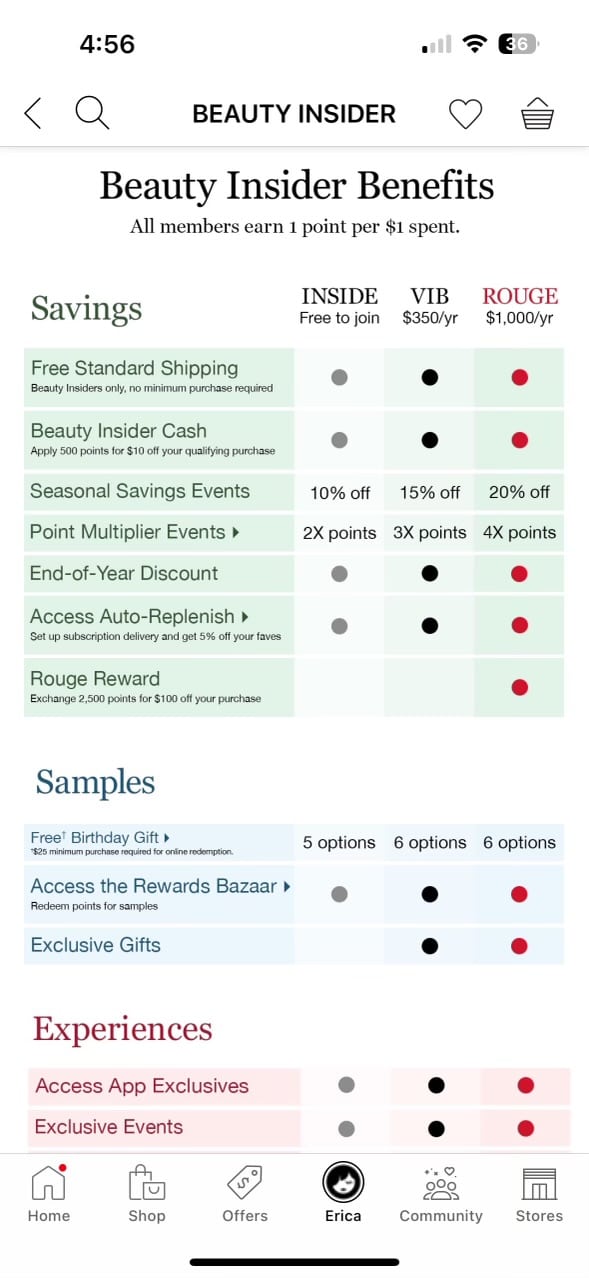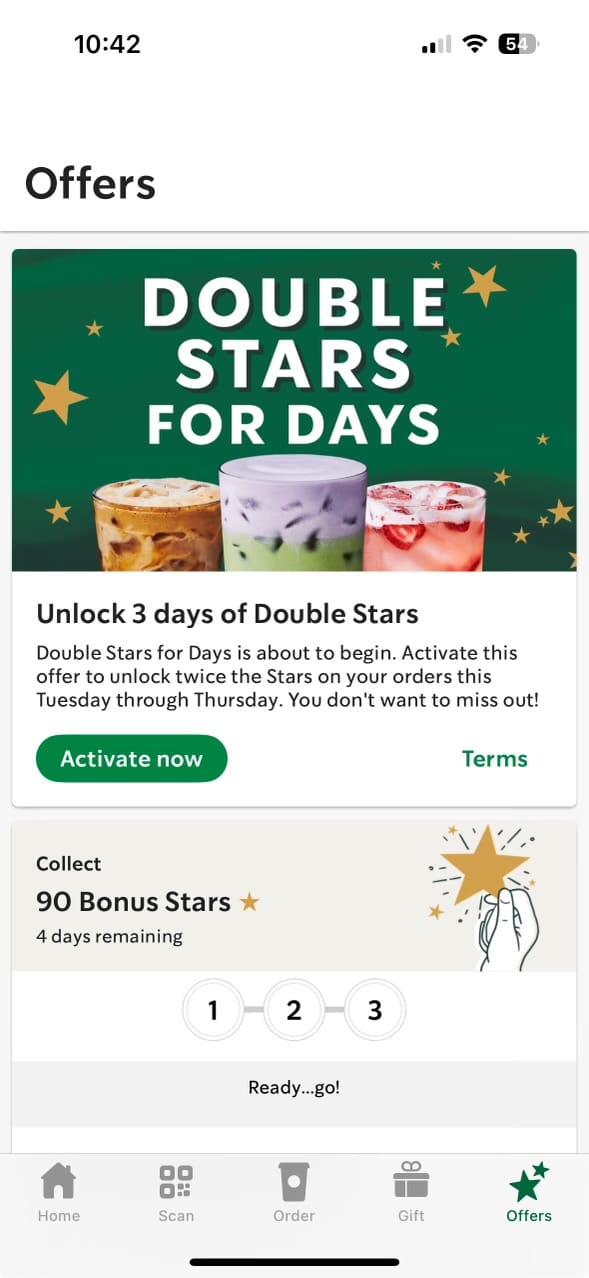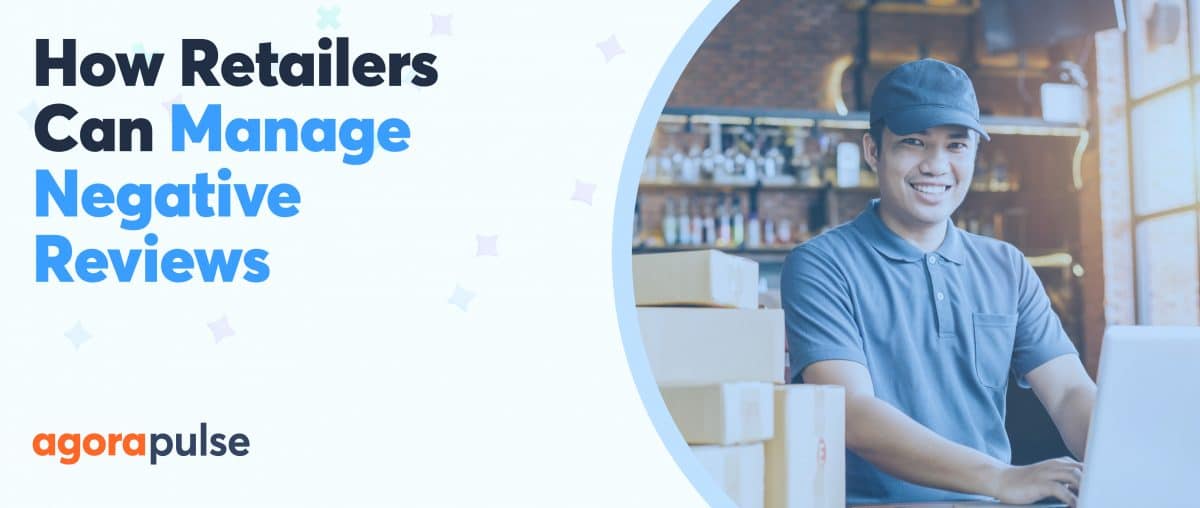You know that one friend you have? The one who remembers your birthday without a Facebook reminder, who knows exactly how you take your coffee, and sends you songs that somehow are the perfect soundtrack to your life? Now, what if you could make your customers feel the same way about your brand. Sounds impossible, right? Not in the age of social media. In this article, we’re going to show you how retailers can use social media not just to sell, but to build a customer loyalty program that feels like you’re shopping with a friend who knows you inside out.
Let’s get right into it.
Understanding Your Audience
You’re on board with turning your brand into the kind of friend that makes every customer feel like the guest of honor at the party. But how do you translate that warm, fuzzy feeling into a strategy that will work on social media?
The secret is to craft a customer loyalty program that doesn’t just recognize your customers but also celebrates them in a way that feels personalized.
This personalization is key to the entire customer life cycle.
According to McKinsey, personalization not only makes consumers more likely to buy, 78% say they’re more likely to recommend brands that personalize, as well as make repeat purchases.
However, if you want to deliver the type of personalized experience that will make an impact, you need to know your audience like the back of your hand. (If you grab your free trial of Agorapulse, you can dig into the demographics of your audience and also know what times and days they are most active on social media.)
What content do they like to read?
When are they most active?
What conversations are they having, and where are they having them?
To gather this data, you can use different methods:
- Surveys or interactive content on social media
- Native analytics available within the social media platforms themselves
- Third-party tools, such as Google Analytics or Agorapulse (or both!), which allow you to track the entire customer journey from social media all the way to purchase.
With this information, you can then segment your customers based on factors like their buying behaviors, and demographic or firmographic characteristics. By grouping your audience based on their behaviors and preferences, you can gain insights into how social media impacts the buying behavior of each specific segment, and use that to help design a loyalty program that is highly effective.
Designing Your Retail Loyalty Program
The heart of a successful loyalty program lies in its design, which must be both appealing to the customer and aligned with the retailer’s brand values and business objectives.
Key components of successful loyalty programs
Begin by defining what makes your loyalty program unique and valuable to your customers. This could be exclusive access to products, special discounts, or unique experiences that they can’t get anywhere else. Your value proposition should be compelling enough that it will motivate your customers to join the program and stay active.
You create a solid value proposition by including the following key elements in your loyalty program:
1. Point systems and rewards
Design a point system that rewards customers for a variety of actions, not just purchases. This could include social media engagement, such as sharing content, tagging the brand in posts, or even participating in online events.
The rewards for these points should be diverse, catering to different customer preferences and behaviors. For instance, some might prefer discounts or cashback, while others might value exclusive or early access to products and sales.
2. Member-exclusive offers
Beyond the point system, consider integrating member-exclusive offers that enhance the feeling of belonging to a community. This could range from members-only sales events to early access to new product launches. Such offers not only incentivize customers to maintain their loyalty but also create a sense of privilege.
3. Tiered rewards
Another way that you can create a sense of exclusivity is by using a tiered rewards program, where each tier is offered better rewards or discounts.
Sephora’s Beauty Insider Program is a great example of this, as they frequently have sales and other rewards offers that are only available for their highest tier loyalty members, called VIB Rouge. This helps to create a sense of exclusivity among those who hold the ultimate VIB Rouge status, which can only be achieved by spending $1,000 or more within 1 calendar year.
4. Simplicity and accessibility
Don’t forget that your retail loyalty program must remain simple for your customers to understand, and easy for them to sign up and access regularly. Integrate your loyalty program seamlessly across your social media channels, ensuring that customers can easily join, participate, and track their rewards and points through platforms they are already using daily.
Mobile apps, for example, can offer a direct link to your loyalty program, making it easy for customers to engage with your brand, redeem rewards, and track their points on the go.
Additionally, technology can facilitate personalized communication, allowing you to send targeted offers and rewards directly to customers’ phones.
The Starbucks rewards program, which can be accessed through the Starbucks app, is an example of how technology can be used to enhance the customer experience. The app allows you to track and redeem your points (or in this case, stars), and gives you the option to place your Starbucks order ahead of time.
Using Social Media to Promote Your Loyalty Program
To effectively engage and retain customers through social media-driven loyalty programs, you need to find a way to take advantage of the unique strengths of each platform, as they all are different in terms of the audience, features, and overall vibe. For B2C retail brands, having a focus on visual platforms like Instagram, Pinterest and TikTok will likely be your best bet.
Here’s how you can make the most of each social platform to generate interest in your retail loyalty program.
Instagram’s features allow for creative showcasing of rewards, direct interaction with your audience, and simple integration of in-app shopping experiences. Here’s how to enhance your retail loyalty program’s success on Instagram:
Create inspirational visuals
Use high-quality, eye-catching images to showcase products, rewards, and experiences available through your loyalty program. Tailor your visuals to evoke a lifestyle that resonates with your target audience, making your loyalty program not just about transactions, but a part of their aspirational lifestyle.
Use Instagram Stories
Stories offer a dynamic way to connect with your audience – use them to announce new rewards, showcase how to earn points, and run polls or quizzes to increase interaction. Highlight stories can also serve as a permanent home for loyalty program tutorials or FAQs.
Try Instagram Shopping features
Tag products in your posts and stories to enable direct purchases within Instagram.
For loyalty program members, consider offering exclusive products or early access to sales directly through Instagram to enhance the feeling of exclusivity and value.
Host Instagram Live sessions
Host Instagram Live sessions for loyalty program members, such as product launches, Q&A sessions with your team, or tutorials related to your products or services. Live interactions can deepen the connection between your brand and its most loyal customers.
Share user-generated content with branded hashtags
Encourage members to share their own content related to your loyalty program by creating a unique hashtag. This not only categorizes user-generated content for easy discovery, but also helps build a branded community around your loyalty program.
By integrating these strategies, Instagram can serve as a powerful platform to promote your retail loyalty program, engage with your audience, and drive participation.
TikTok
TikTok’s viral potential means that creative, engaging content related to your loyalty program has the chance to reach beyond your current followers, attracting new customers and encouraging them to join the program. Here are some ideas to get you started.
Influencer partnerships
Collaborate with influencers who resonate with your target audience to spread the word about your loyalty program. Influencers can demonstrate the benefits and rewards of the program, adding credibility and expanding your reach.
Interactive challenges
Launch TikTok-specific challenges that encourage users to engage with your brand creatively. Challenges tap into TikTok’s community-centric ethos and can virally spread awareness of your loyalty program through customers sharing their experiences related to your products or services.
Use TikTok’s Duets and Stitch features
Invite your followers to interact directly with your brand’s content through Duets or Stitches. This could involve reacting to your loyalty program announcement, sharing their unboxing experience of a reward, or showcasing how they use your product. These features will create a two-way interaction that can elevate the visibility of your program and deepen customer engagement.
Showcase loyalty program members
Use TikTok to highlight stories from your loyalty program members. Short testimonials, creative unboxings, or lifestyle videos that include your products can resonate well. This not only validates the value of your loyalty program but also humanizes your brand, making it more relatable and trustworthy.
Exclusive offers and teasers
Share exclusive offers, sneak peeks of upcoming rewards, or secret codes for bonus points on TikTok. The platform’s fast-paced nature makes it ideal for time-sensitive promotions that encourage quick action, driving both engagement and a sense of urgency.
Educational content
Create content that educates viewers on how to maximize the benefits of your loyalty program. This could include tutorials on signing up, tips for earning points, or explanations of the different rewards tiers. Educational content can help demystify the process for new or potential members and demonstrate the value of participation.
For example, Le Creuset highlights their products and their customers with quick how-to videos for recipes that can be made using their cookware.
@lecreuset Save this recipe for your next spring brunch: Overnight Strawberry and Cream Cheese French Toast Casserole, by @wrightfamilytable. 🍓 Make this dish the night before, then bake it in the morning for an easy, delicious brunch! Ingredients: 18-20 ounces stale french bread, cubed 1¼ cup diced strawberries 8 ounces cream cheese, softened 10 eggs 3 cups whole milk 1 teaspoon cinnamon 1 cup brown sugar 1 tablespoon vanilla extract For the streusel topping: ½ cup brown sugar ½ cup flour ½ teaspoon ground cinnamon ½ teaspoon kosher salt 8 tablespoons butter, cut into cubes Instructions: 1. Coat a deep casserole dish (at least 9x13in) with butter or cooking spray. Add about ⅓ of the bread cubes to the casserole dish. Sprinkle with about ⅓ of the diced strawberries. Using a small spoon, drop spoonfuls of about ⅓ of the cream cheese over the top of the bread and strawberry mixture. Add another ⅓ of the bread, ⅓ of the strawberries, and ⅓ of the cream cheese. Add the final layer of bread, strawberries, and cream cheese. 2. In a large bowl, beat together eggs, milk, cinnamon, brown sugar, and vanilla. Pour egg mixture over the top of the bread mixture from above. Cover, then place in the refrigerator overnight. 3. The following morning, preheat the oven to 350F. In a medium size bowl, make the streusel topping by whisking together the brown sugar, flour, ground cinnamon, and salt. Add butter cubes, and cut in using a fork or pastry cutter until a crumbly mixture forms. Sprinkle streusel over the top of the french toast. Bake in preheated oven for 1 hour 15 minutes to 1 hour 30 minutes (covering with foil the last part of baking if getting too brown), until puffed up a bit and fully cooked through (will no longer look wet or jiggly in center). Remove from oven and let cool for about 10-15 minutes before slicing and serving. #lecreuset #lecreusetiktok #cookingtiktok #brunchtok #brunchrecipe ♬ Spring is coming – afamilyfarmhouse
Pinterest’s visual discovery platform is ideal for inspiring customers and driving engagement.
Here’s how to optimize Pinterest for your retail loyalty program:
Create themed boards for loyalty rewards
Segment your Pinterest presence into themed boards that cater to different aspects of your loyalty program. For example, boards can be dedicated to “Exclusive Rewards,” “How to Earn Points,” and “Member Success Stories.” This organizational strategy not only enhances discoverability but also keeps your content organized and targeted.
Add Rich Pins for direct information
Rich Pins provide more context about an idea because they show extra information directly on the Pin. Use Product Rich Pins for items available as part of your loyalty program to include real-time pricing, availability, and where to buy. This direct link between inspiration and purchase can significantly boost engagement and conversions.
Engage with your community
Pinterest may not be the first platform that comes to mind for community engagement, but interacting with your followers through comments, repins, and collaborative boards can significantly boost loyalty. Consider inviting your most loyal customers to contribute to a special board as a way of recognizing and rewarding their engagement with your brand.
By embracing Pinterest’s strengths, you can effectively use the platform to enhance the visibility and appeal of your retail loyalty program.
Manage and measure your social content
One way to track all the social content that you post across multiple platforms is to use a social media management tool, such as Agorapulse.
In doing so, you won’t have to incessantly flop around from channel to channel, signing in on each native platform and struggling to get the social media metrics you need.
With just one tool, you can get the details into your preferred social media channels and even crank out detailed yet simple-to-understand social media reports.
Final Tips for Promoting Your Loyalty Program via Social Media
1. Be consistent
Ensure you use consistent messaging across all platforms to reinforce your loyalty program’s value proposition. Use cross-promotion strategies to encourage your followers on one platform to connect with your brand on others, maximizing your reach and engagement.
2. Tailor content for each platform
Don’t just post the exact same thing on all platforms. Adjust the content to each platform’s audience and strengths, but remember to keep the overarching visual brand identity the same, so it is easily identifiable by your target audience.
Also, ensure that you keep the theme and benefits of your loyalty program consistent across all platforms. This creates a cohesive brand experience that can enhance brand recognition, and help drive program participation.
3. Make every interaction count
Every like, comment, and share is an opportunity to deepen the relationship. Use these interactions to gather feedback, offer support, and surprise and delight your followers and existing customers.
By optimizing each social media platform according to its strengths, you can create a more engaging and effective loyalty program that makes your customers feel seen and appreciated.
And with a loyalty program that’s as dynamic and personalized as your customers are, you’ll not only keep them coming back, but turn them into passionate advocates for your brand.
Ready to boost your retail loyalty program with a social media strategy that speaks directly to your customers’ hearts? Get started today with a free 30 day trial of Agorapulse – no strings attached.







